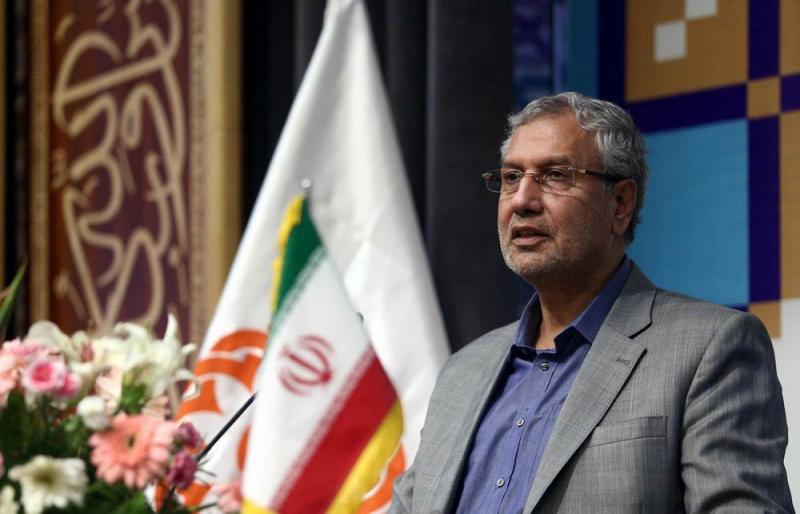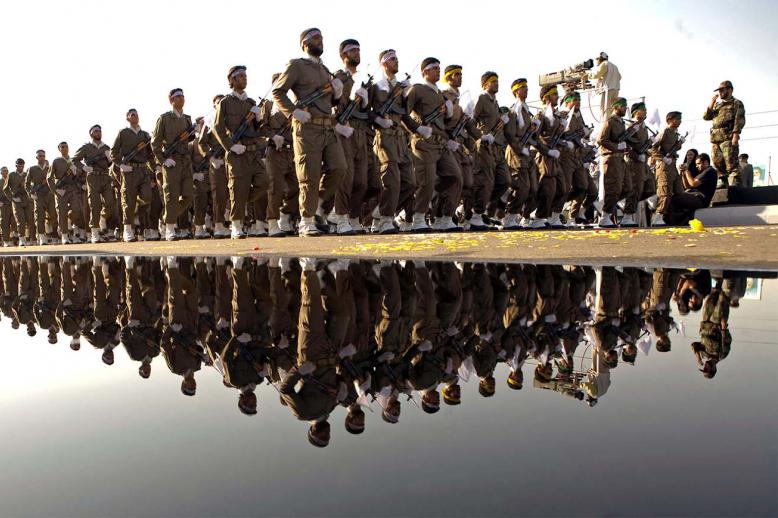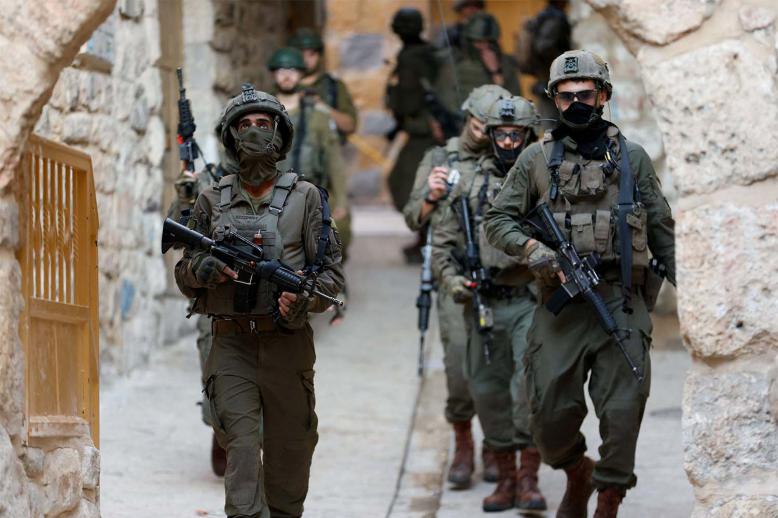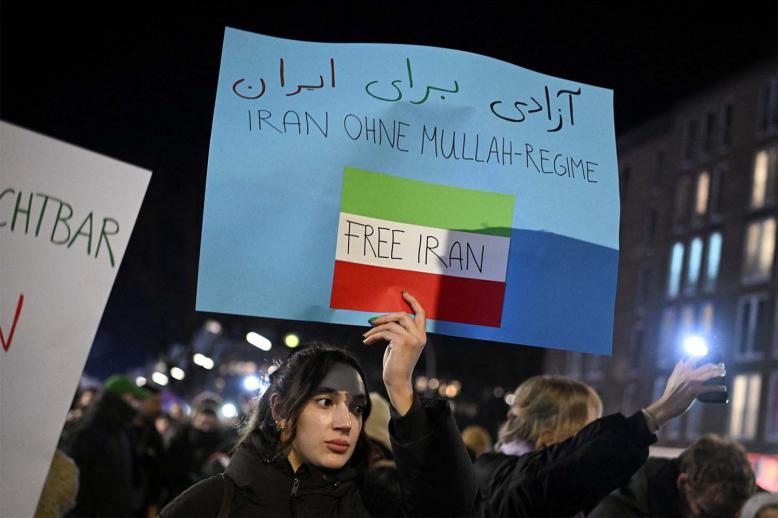1979 again? Spectre of unrest hangs over Iran
Soft-spoken, bespectacled, grey-haired with 3-day stubble and always wearing a suit, Ali Rabiee looks as if he might be an academic. He is, in fact, a former labour minister in Iranian President Hassan Rohani’s government, a revolution-era labour activist and a former Intelligence Ministry official.
He is well able to offer measured and well-judged analysis of the plight of the Islamic Republic.
Rabiee recently delivered an unambiguous message. In an interview January 13 with the Iranian Students News Agency (ISNA), Rabiee addressed the spectre of unrest hanging over the Iranian regime and argued that the beginning of the end is the moment when the ruling elites begin to fight each other.
Rohani’s former minister said inequality and the widening gap between the haves and have-nots in Iran contributed to the unrest but so did “the people with smartphones in their hands, who constantly face the contrast between the life they desire and the reality they live in.”
Rabiee emphasised that the greatest danger was factionalism and rivalries among the regime’s elites. “A political current somehow desired to humiliate the government and organise street rallies against it,” he said.
The former minister said: “Investigations show that the protests and unrest, which first played out in Mashhad, were dominated by a political current that rivals and opposes the government… Those protests ignited countrywide uprisings.”
The reference is to the seemingly spontaneous December 2017 protests in Mashhad, Iran’s second largest city, against soaring prices of basic food items. The demonstrations, which appeared to have begun over economic grievances, acquired a political dimension with the crowd shouting slogans such as “Death to Rohani” and “Death to the dictator.”
Rabiee warned of the recurrence of uprisings in Iran and the message it would send. “There is permanent dormant dissatisfaction [with the regime] and there are plenty of reasons for this, [in particular] because of unfulfilled expectations… and there is no optimism concerning the future,” he said.
Rabiee has the experience and the background to make an astute assessment. Born into a working-class family in Javadieh neighbourhood in southern Tehran, he worked as a technician at General Motors before the revolution. There, he organised strikes, which brought him to the attention of the SAVAK, pre-revolutionary Iran’s intelligence service.
After the revolution, he joined the nascent Islamic Revolutionary Guard Corps and volunteered for front-line duty during the 8-year war with Iraq. Towards the end of the war, Rabiee joined the Ministry of Intelligence and Security, successor to SAVAK, which had surveilled him before 1979.
It was around this time that Rabiee, known by the pseudonym “Ebad,” had the opportunity to meet General Hossein Fardoust, a childhood friend of the shah. Fardoust, who once served as deputy chief of SAVAK, betrayed the shah in the course of the revolution and helped the transfer of power to Ayatollah Ruhollah Khomeini and his followers in 1979.
Fardoust’s betrayal, however, did not secure his freedom after the revolution. Towards the end of his life, he was interrogated by Rabiee, who recounted the important lesson he learnt from the general. “I was having afternoon tea with Fardoust and he told me: ‘Once those on top of the system collapsed and [the regime] lost its cohesiveness, the shah could no longer prevail.’”
Rabiee argues the Islamic Republic is facing a similar challenge. His analytical point of departure is the unrest that began in December 2017 and continued into 2018. In his opinion, the unrest is different from other protests in Iran. “Previously, we normally explained street-level rebellion [as caused by] external influences but this time we must consider domestic rivalries as the engine of protests,” he told ISNA.
Then, he addressed the issue more directly. “Repetition of this kind of unrest is possible because the root causes of those protests are present,” he said, stopping short of comparing the protests of 2018 with the revolution of 1979.
“Revolution must deliver an alternative to existing conditions,” Rabiee added. “A revolution has a leader and revolutions involve different social classes… none of which were present during the 2017 and early 2018 unrest.”
Rabiee’s analysis is not inaccurate. The question is: Do rival factions among the elites agree and will they manage to set aside the push for short-term gain to secure the regime’s longevity?
Ali Alfoneh is a Visiting Scholar at the Arab Gulf States Institute in Washington.
This article was originally published in The Arab Weekly.







